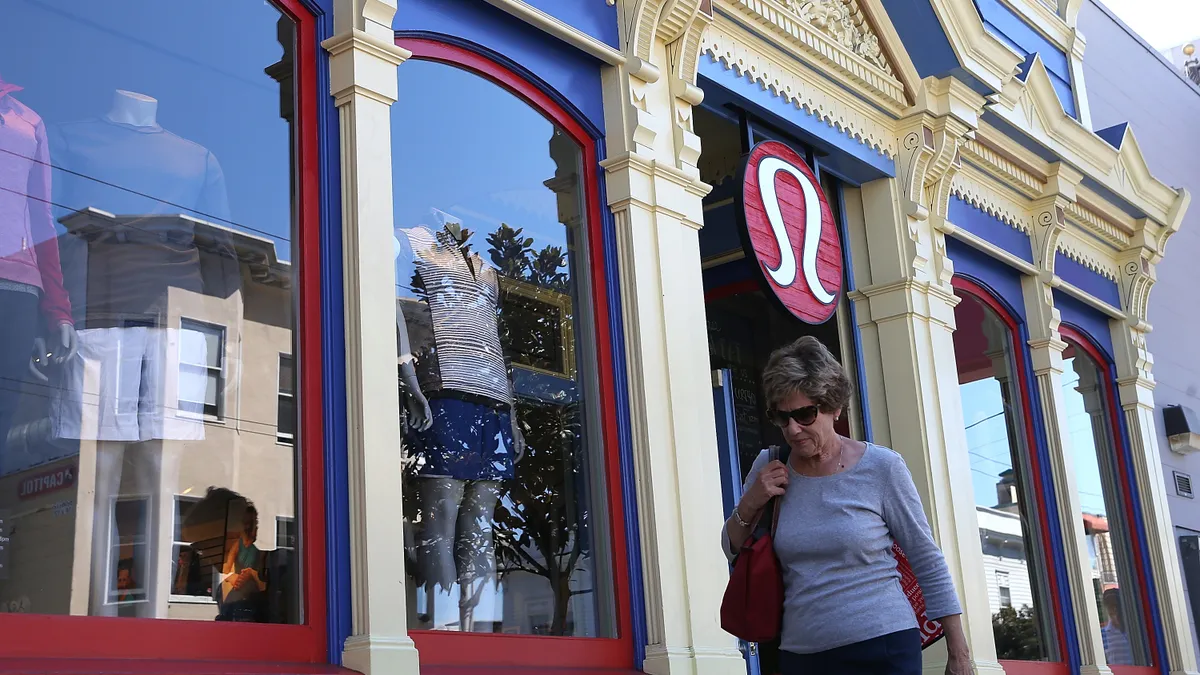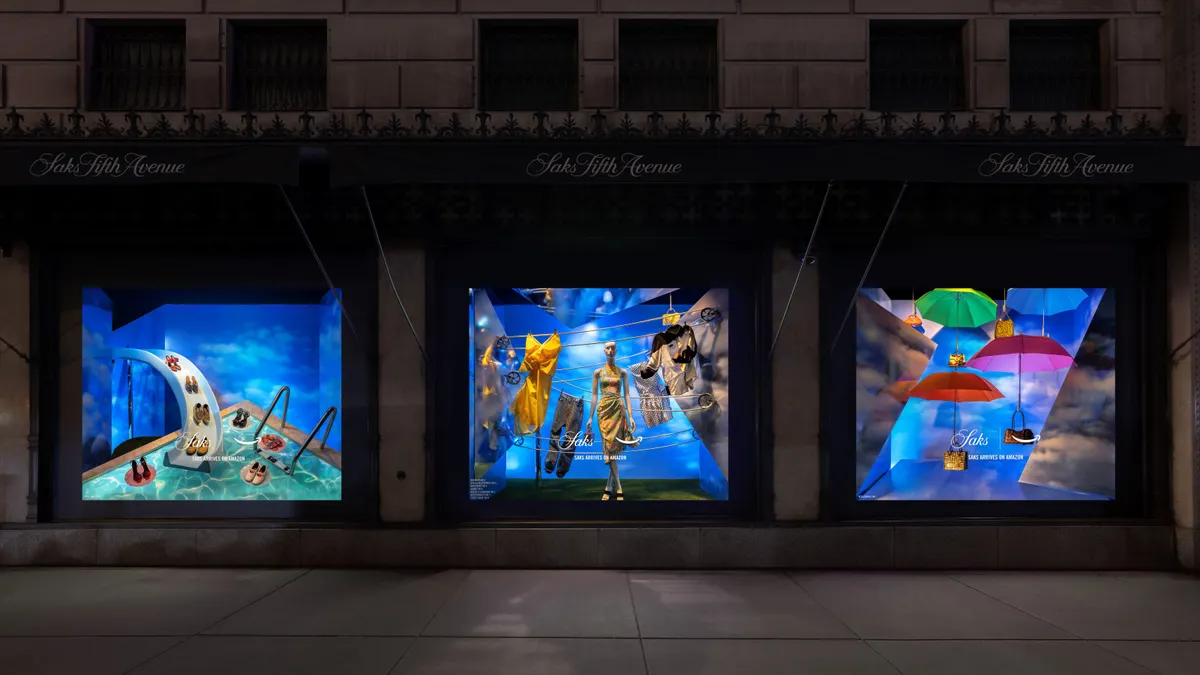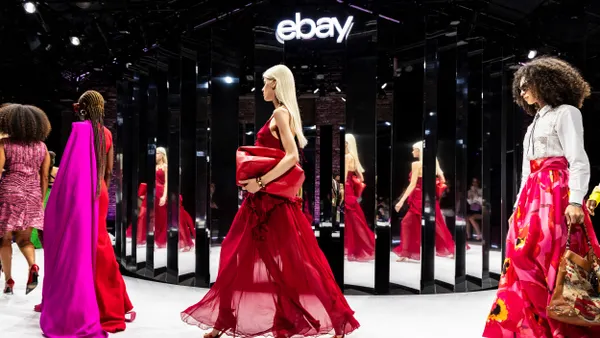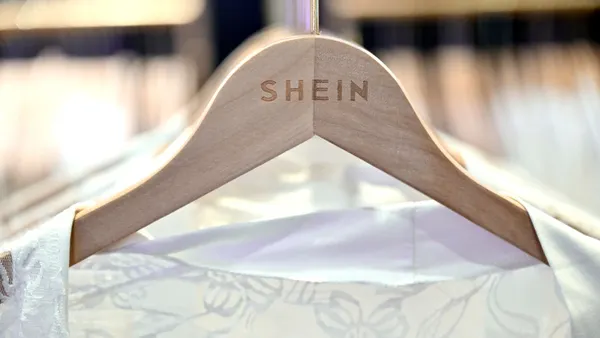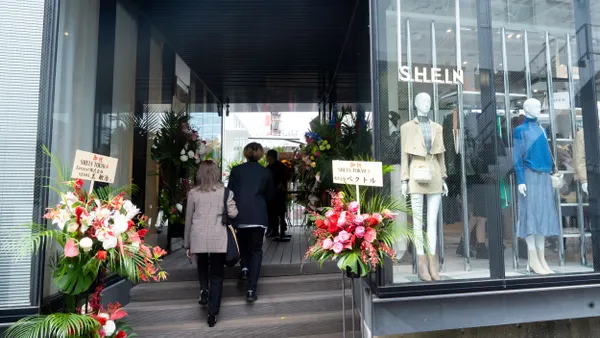Dive Brief:
- Outdoor brands are leading the branded resale marketplace while luxury brands are the least experienced in the space, according to a new report from Trove, a company that makes online recommerce platforms.
- Trove looked at 40 branded resale programs across four different markets — fashion and apparel, outdoor, footwear and luxury. The company scored each program on its marketing, resale purchase experience, and trade-in and selling process.
- So far, 120-plus brands have entered the resale market, but overall consumer awareness of these programs remains low, according to the report. Trove expects that luxury brands could emerge as market leaders by providing deeper storytelling around their heritage.
Dive Insight:
Trove’s new report, called the Brand Resale Index, is meant to provide a benchmark for the industry’s progress toward creating takeback programs. The company works with several high-profile brands on resale programs, including Eileen Fisher, REI, Lululemon and Patagonia.
These initiatives allow customers to give back their products to brands when they’re done using them, often in exchange for credit or gift cards. Brands then resell the used goods through their own channels or recycle them.
The worldwide secondhand market is expected to grow at a faster clip than the apparel market overall, according to a report last year from ThredUp, a recommerce platform company that works with more than 40 retailers. The report predicts the resale marketplace is expected to reach $51 billion in 2026 in the U.S. alone, up from just $14 billion in 2021.
More brands have debuted their own resale programs to capture this revenue, especially as peer-to-peer recommerce platforms such as Poshmark and eBay grow more popular.
Though luxury brands have been hesitant to enter the branded resale market, Trove founder and executive chair Andy Ruben expects they will emphasize the story and history of their products once they do, creating demand.
“Luxury always tends to be a bit more cautious,” Ruben said. “There isn’t a model right now for luxury that other luxury brands want to emulate.”
Many brands have their work cut out for them when it comes to promoting and growing their resale programs, according to Trove’s report.
A little over a third of the assessed brands promoted their resale programs on social media. And just one-fifth marketed these initiatives via email.
Moreover, although most brands included links to their resale site on their website’s main navigation menu, only about half of them included content about their recommerce programs. Even fewer — just 34% — included this information on their homepages.
Improving these areas will be key to scaling resale programs.
“If there’s no scale, there’s no real benefit,” Ruben said, noting that some brands without scale are still learning how to conduct branded resale programs. “The ability to scale would distinguish the program from being marketing PR (to) being strategic to business.”
Scale is also necessary to unlock some of the sustainability benefits promised by takeback programs.
Brands often market their recommerce platforms as a way to reduce their environmental footprint and keep clothes out of landfills. But the Trove report argues that resale programs become sustainable when they decouple a brand’s ability to generate revenue from producing new items.
The Trove report states that resale programs based on providing incentives for customers to purchase new items “likely amount to marketing programs” rather than sustainability initiatives.
“Brands can create a lot more change than that by shifting their business model to be able to make money on the items it sells, new and used,” Ruben said.



